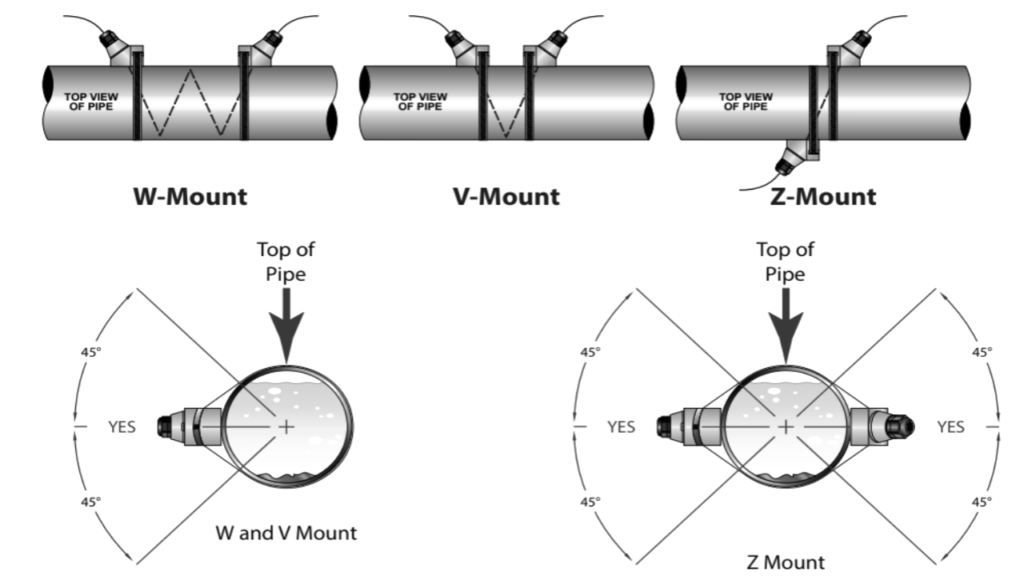WATER BALANCING (TESTING, ADJUSTING & BALANCING)

Water balancing refers to the process of optimizing the flow of water within a plumbing or HVAC system to ensure even distribution and efficient operation. One of the key tools used for water balancing is an ultrasonic flow meter. An ultrasonic flow meter measures the flow rate of water by utilizing ultrasonic waves.
Here’s how water balancing is achieved using an ultrasonic flow meter:
Installation: The ultrasonic flow meter is installed in the water pipe or system where the flow needs to be measured. It consists of two transducers—one acts as a transmitter and the other as a receiver. These transducers are placed on opposite sides of the pipe.
Ultrasonic waves: The transmitter transducer emits ultrasonic waves that travel through the water in the pipe to the receiver transducer. The ultrasonic waves are transmitted at an angle to the flow direction, allowing for more accurate measurements.
Measurement principle: The ultrasonic waves travel at different speeds depending on the direction of flow. When the water is flowing in the same direction as the ultrasonic waves, their speed is increased. Conversely, when the water is flowing in the opposite direction, the speed of the ultrasonic waves is decreased.
Transit time measurement: The ultrasonic flow meter measures the time it takes for the ultrasonic waves to travel between the two transducers. By comparing the transit time in the upstream and downstream directions, the flow meter can determine the velocity of the water.
Calculating flow rate: Once the velocity is known, the ultrasonic flow meter uses the cross-sectional area of the pipe to calculate the volumetric flow rate. This is typically done by multiplying the velocity by the pipe’s cross-sectional area.
Balancing process: To balance the water flow, measurements are taken at various points in the system. The flow meter provides real-time data on the flow rates, allowing adjustments to be made to valves or dampers to regulate the flow. By analyzing the data from the flow meter, adjustments can be made to ensure that each branch or zone of the system receives the intended flow rate.
Monitoring and adjustment: Once the initial balancing is performed, the ultrasonic flow meter can continue to monitor the flow rates over time. If imbalances or deviations occur, adjustments can be made accordingly to maintain the desired flow rates.
In summary, an ultrasonic flow meter enables water balancing by accurately measuring the flow rate in different sections of a system. By analyzing the data provided by the flow meter, adjustments can be made to valves and other components to ensure balanced and efficient water distribution.